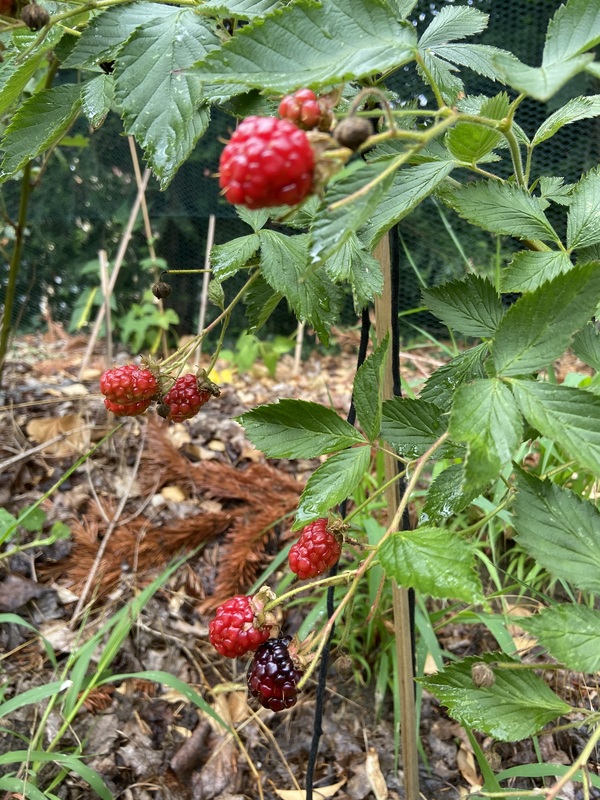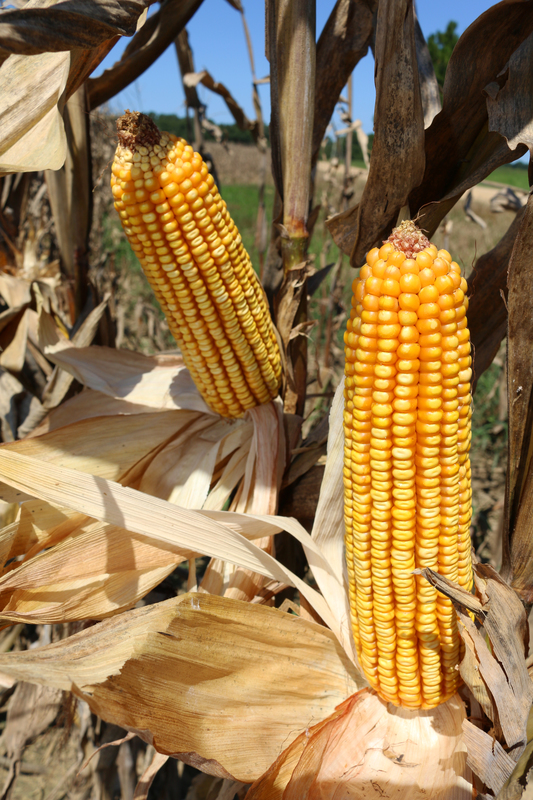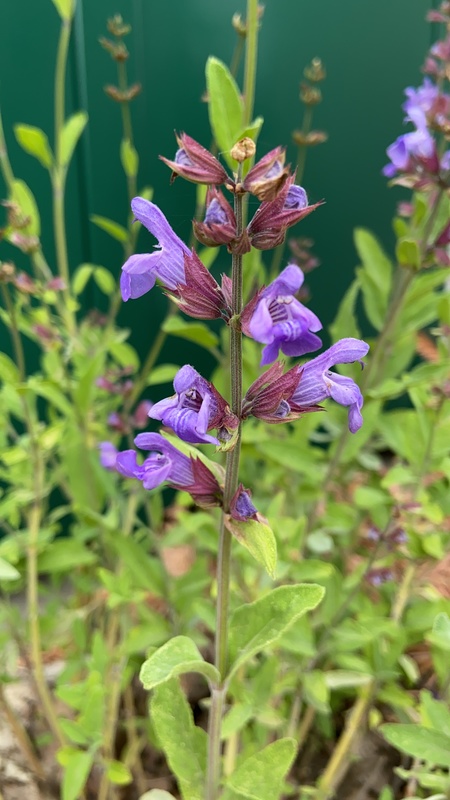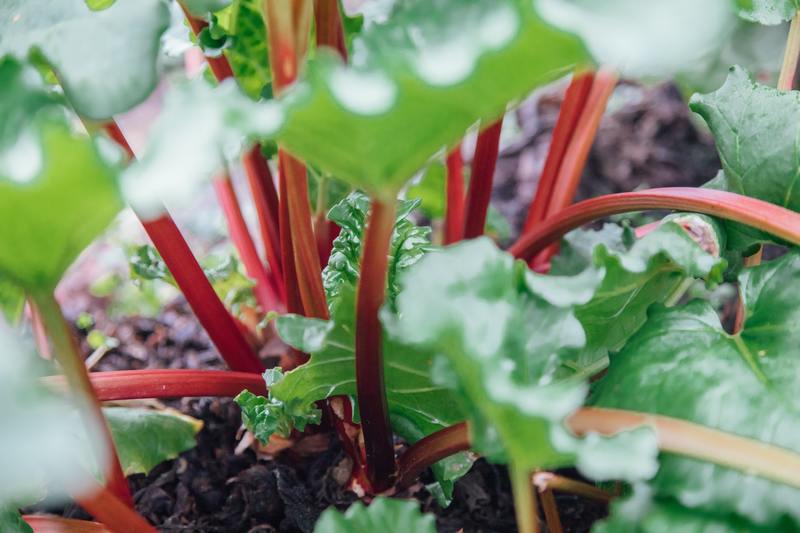Description
Watermelon, scientific name Citrullus lanatus, is a member of the cucumber family. It is native to tropical Africa and was domesticated in ancient Egypt. The plant is a sprawling annual vine with large, dark green leaves and a thick, rough stem. Watermelon has small yellow flowers and produces large, oblong fruits with a hard, green rind and juicy, pink or red flesh. The fruits can grow to be quite large, sometimes weighing more than 100 pounds, and are often heavily striped or speckled.
Watermelon is a fast-growing plant that prefers warm, sunny conditions and well-drained soil. To cultivate watermelon successfully, a grower will need to provide plenty of space for the vines to spread, and may need to trellis the plants to support the heavy fruits. Watermelon is generally not winter hardy and will not tolerate frost.
The edible parts of watermelon are the juicy flesh and the seeds, which can be roasted and eaten like pumpkin seeds. The flesh can be stored in the refrigerator for a few days, but is best eaten fresh. Watermelon is a popular summer fruit and is often served chilled or made into juice or sorbet.
Watermelon has a number of uses beyond just being eaten. The rind can be pickled or used to make preserves, and the leaves and stems can be used as animal feed. Some people believe that watermelon has medicinal properties and use it to treat conditions such as high blood pressure and inflammation. Watermelon can also be used as a natural fertilizer and mulch, and the vines can be used as a natural insect repellent.
Watermelon is an important food source for a number of wildlife species, including birds and small mammals. The fruit is often eaten by animals in the wild, and the seeds can be dispersed by animals that eat them.







